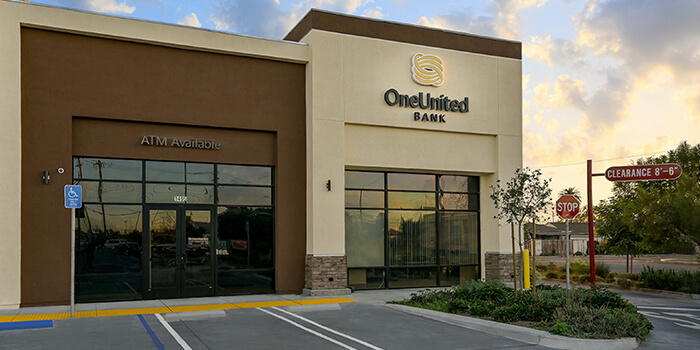Summary
Mini-retirement doesn't have to mean quitting your job or draining your savings. In this week’s article, we break down how to use small, intentional rest resets to protect your energy, improve financial decision-making, and build long-term wealth on your terms.
According to Gallup, 74% of workers now expect to work past age 65. That’s a sharp reversal from 1995, when almost one-half of workers were expected to retire before 65.
New economic conditions mean that retirement is being delayed. To manage this, sustainable rest should still be designed into our lives to avoid burning out.
That’s where the idea of a mini-retirement comes in. You may have seen it across the news or on your social feed. The story goes something like this. Someone quits their job to backpack through Southeast Asia or hike across a continent. It sounds freeing, but also expensive, impractical, and out of reach for most people.
Most of us can’t drop everything to “find ourselves.” We can, however, apply the logic behind mini-retirement in ways that fit into real life, even on a small budget and one PTO day to spare.
Why Rest Matters
Burnout isn’t just emotional. It also hits your wallet! Studies on our brains link chronic stress and being overworked to impaired decision making, lower productivity, and reduced income growth over time.
When you’re depleted, you’re more likely to make reactive money moves like quitting a job with no backup or impulse-spending to trigger a dopamine response.
Experts recommend rest and reset not as a luxury, but as a strategy. Short, intentional breaks protect your long-term earning potential and help you stay in control of your financial wellness.
So, What is Mini-retirement?
Mini-retirement is a term that has evolved and is open to a more realistic interpretation. It’s not necessarily about dropping everything and disappearing. It is a structured approach to help you build breaks into your career. These are short, intentional pauses that reduce burnout, improve clarity, and help you get back in touch with your long-term goals.
Here’s what that can look like:
- One long weekend per month where you unplug fully and focus on a personal or financial milestone. No multitasking. No work email.
- A recurring $50 monthly budget set aside for rest. This could be a day trip, a staycation, or any activity that provides a real mental reset.
- One quarterly PTO day blocked out in advance. No errands. No side hustles. Use this day to do things on your “life bucket list”.
Mini-breaks like these create space to make better decisions, avoid burnout driven mistakes, and keep your personal and professional lives moving in the same direction.

Make It Work With What You’ve Got
If you’re living paycheck to paycheck, planning a break might feel unrealistic, but it doesn’t have to be. These are ways you can create the right infrastructure to make your goals materialize.
- Set a “Reset Fund.” Just like you save for bills, save for your time away. Even $10 per week builds up to an impressive fund.
- Use your calendar. Block off time before you burn out, not after. Look at periods in your year where you can best dedicate time to step away.
- Plan low-cost high-return activities. Think walking trails, visiting a museum on a free day, or journaling in a café instead of binge-watching content that leaves you drained.
The key is intention. Separate your guilty pleasure rest time from your life-enriching rest time. Keep it structured, just like your savings goals.
Mini-retirement isn’t about leaving the workforce. It’s about not leaving yourself behind while you work.
Whether you take a single day, a long weekend, or a local staycation, your rest reset can be a powerful move toward better financial wellness.


















